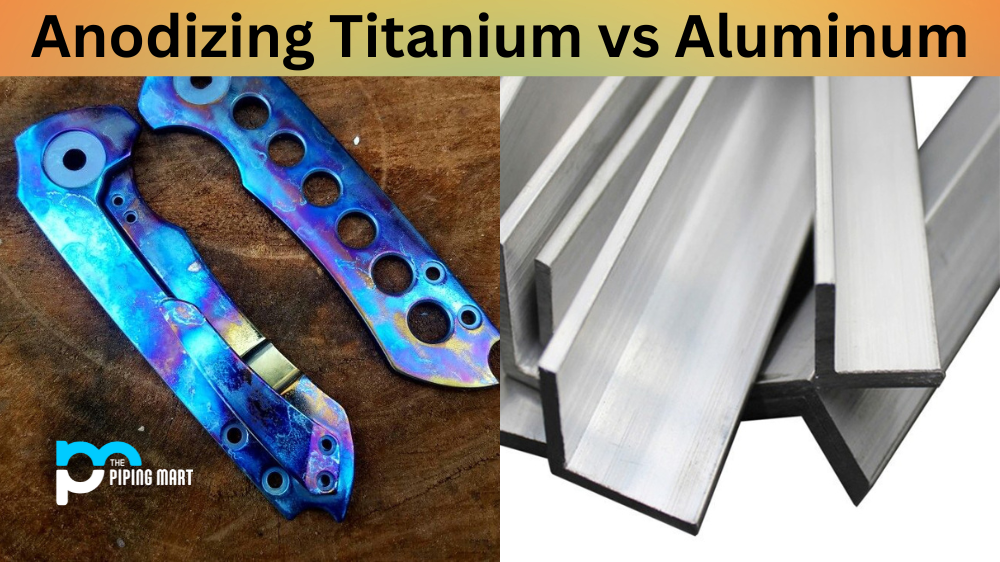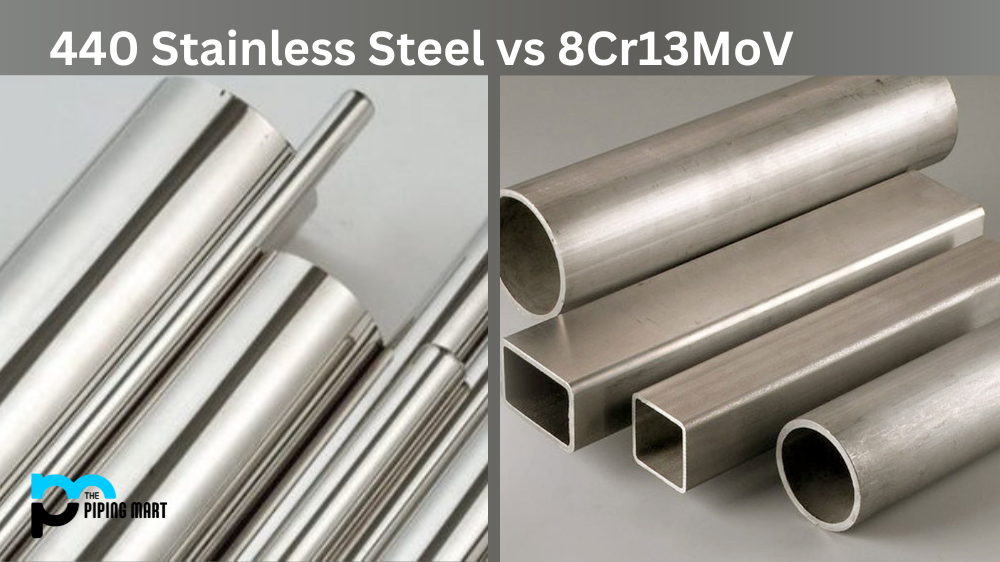Titanium and aluminium are two of the most popular choices for anodizing metals. Both metals offer a wide range of benefits for certain applications, but how do they compare when it comes to anodizing? In this blog post, we will compare anodizing titanium and aluminium and discuss which metal may be better for your project.
Difference Between Anodizing Titanium and Aluminum
The anodizing process for both metals is similar, but some differences exist. Anodizing aluminium involves placing the material in an electrolytic bath and passing an electric current through it. This creates a layer of oxide on the surface of the metal, making it more resistant to corrosion and wear. Anodizing titanium is different, requiring a more complex process due to the metal’s high reactivity. Titanium anodizing is done by submerging the metal in a chemical solution and applying an electric current.
Corrosion Resistance
Both titanium and aluminium are known for their excellent corrosion resistance, but titanium is considered superior. The oxide layer created during titanium anodizing is thicker and more durable than aluminium anodizing. Titanium anodizing can withstand even harsh environments, making it ideal for applications such as aerospace and marine industries, while aluminium anodizing is better suited for more moderate environments.
Hardness and Wear Resistance
Titanium is also harder than aluminium, making it more resistant to wear and tear. Anodizing titanium creates a harder surface than metal, making it even more durable. While aluminium anodizing also increases the metal’s hardness, it is still not as hard as anodized titanium. Titanium anodizing is the better choice for applications with critical wear resistance, such as medical implants or machine parts.
Colour Variation
One of the benefits of anodizing metals is the ability to add colour to the surface. Both titanium and aluminium can be anodized in various colours, but aluminium offers a wider range of colour options. Aluminium anodizing can produce vibrant and consistent colours, while titanium anodizing tends to produce a more muted colour palette. This could be a consideration for design or branding purposes.
Cost and Availability
Regarding cost and availability, aluminium is the more affordable and readily available option. Titanium is more expensive due to its higher production cost and limited availability. Anodizing titanium is also a more expensive process due to the complexity of the process.
Conclusion
Ultimately, which metal is better for anodizing depends on your specific project and needs. Titanium anodizing is the clear winner if you require maximum corrosion and wear resistance. If you are looking for a wider range of colour options or need an affordable material, aluminium anodizing is the way to go. It’s important to consider factors such as durability, cost, and availability when selecting a metal for anodizing. With this information, you can make an informed decision and ensure the success of your project.

Hey, I’m Krutik, a casual blogger expert in the metal industry. I am passionate about providing valuable information to my readers. With a background in engineering and construction, I like playing Cricket & watching Netflix shows in my free time. Thank you for visiting my blog, and I hope you find my information helpful!




